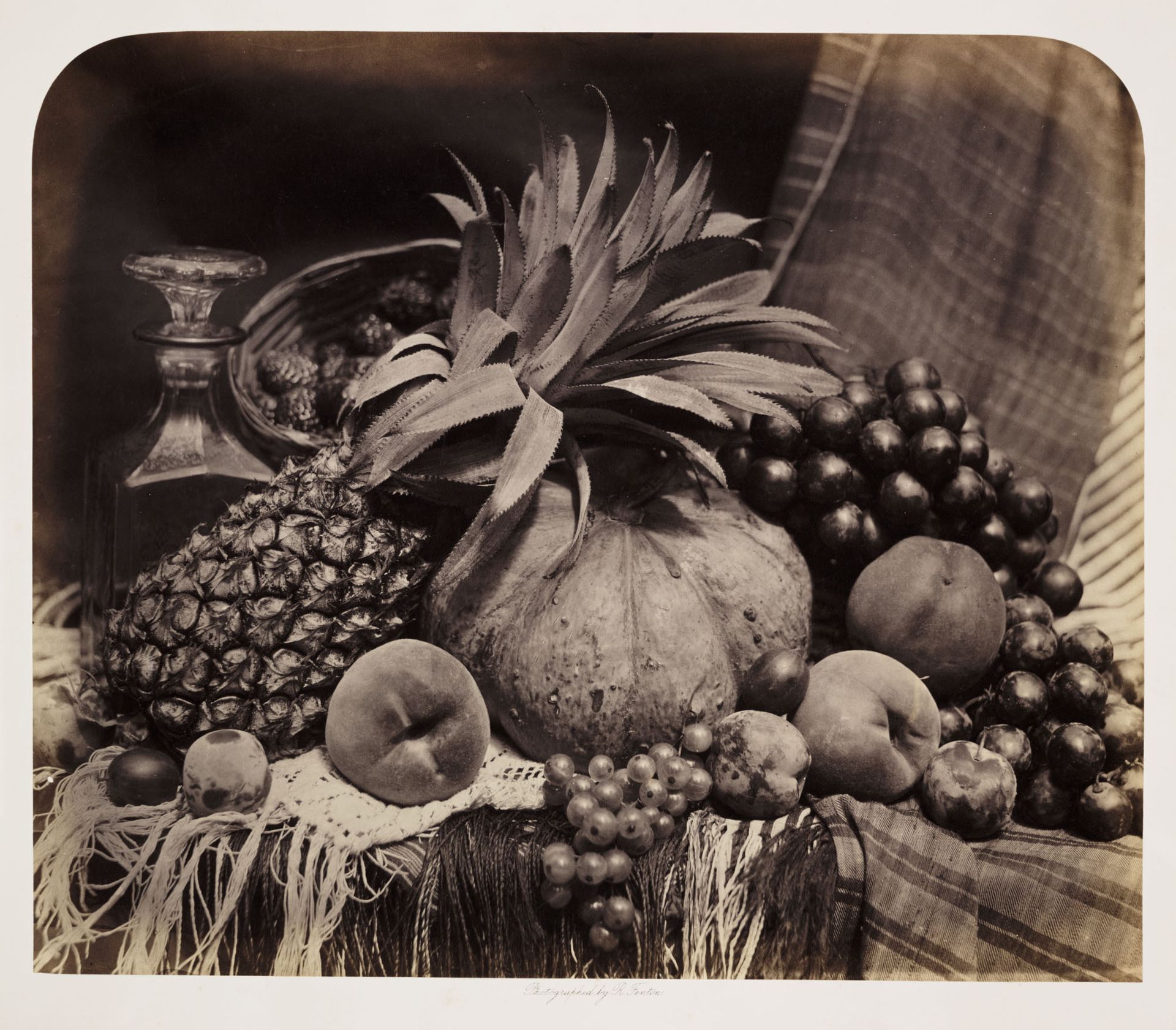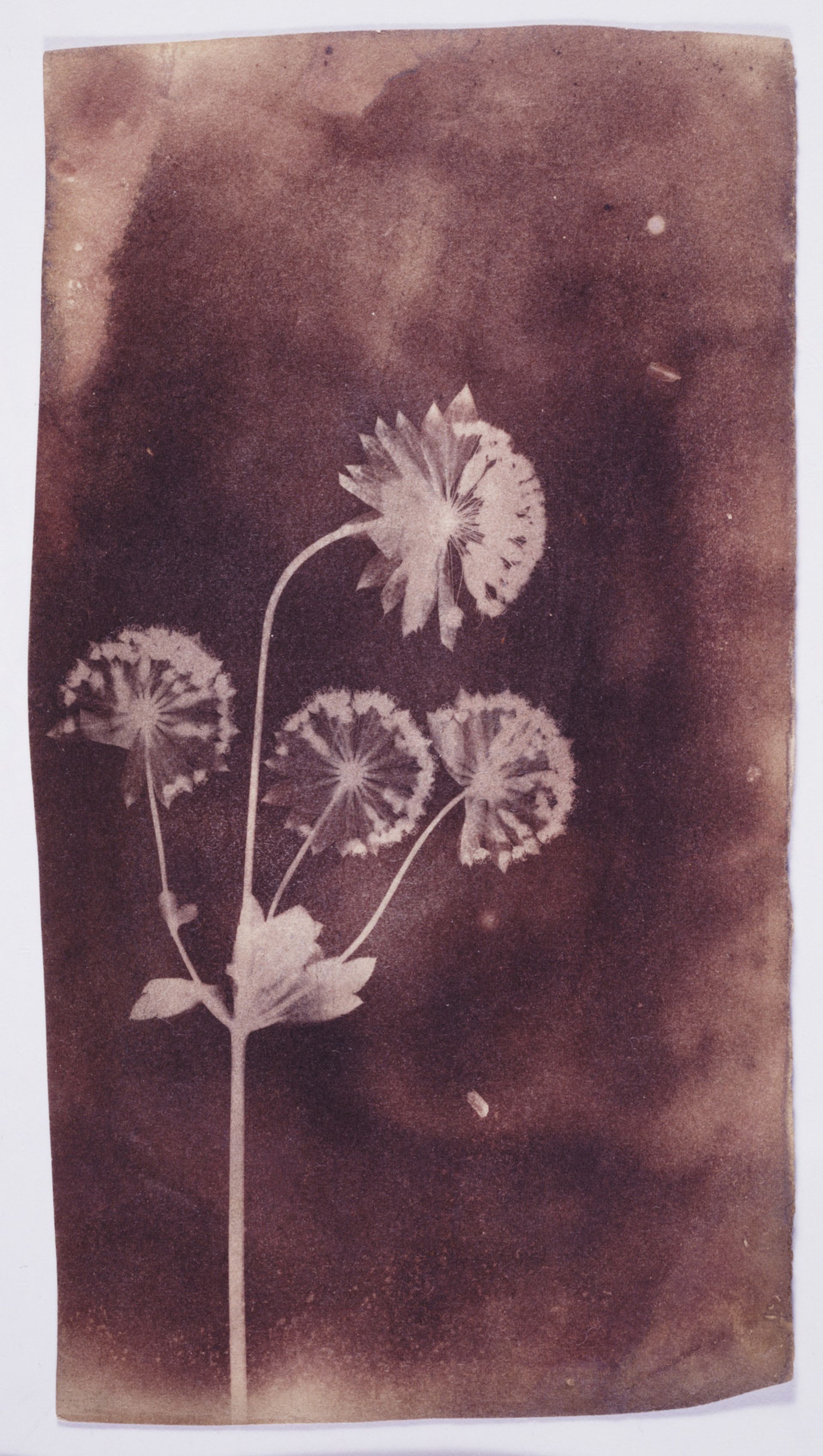The Victoria and Albert Museum (V&A) announced last week plans for a new photography centre that will house the museum’s collection following the controversial decision to transfer 270,000 photographs from the National Media Museum in Bradford to the London-based institution.
The museum’s curatorial team will also organise touring exhibitions of the collection, alongside an existing programme of UK and international loans. A museum spokeswoman says that the “photographs will be available for loan and the photography curators will be working with both UK regional museums and venues abroad to develop exhibitions in dialogue with venues’ collections”.

Under the landmark agreement announced in February last year between the V&A and the Science Museum Group, which runs the National Media Museum, the collection of the Royal Photographic Society (RPS) in Bradford will join the existing collection of 500,000 photographs at the V&A. More than 26,000 publications and 6,000 pieces of camera-related equipment in the RPS collection, which was founded in 1853, will also be transferred to the V&A where the holdings will be digitised.
The V&A plans to reconfigure the north-east quarter of the museum, doubling its current photography display area to accommodate the new centre. The first phase of the project will open autumn next year under the FuturePlan development scheme; a library, studio and darkroom will be added in phase two.
Martin Barnes, the senior curator of photographs at the V&A, says in a statement: “The V&A’s Photography Centre will be one of the few places in the world where a chronological history of the medium illustrated with original photographs, equipment and archive material can always be seen.”
Opponents of the transfer project included the photographer Martin Parr and the artist David Hockney who signed a letter to the Guardian last year saying that the move stripped Bradford of a major cultural resource. Parr tells The Art Newspaper: “My main concern now is the fate of the collections that still remains in Bradford, such as the Tony Ray-Jones archive, and other works that were given or sold to Bradford, that have local or northern connections.”



